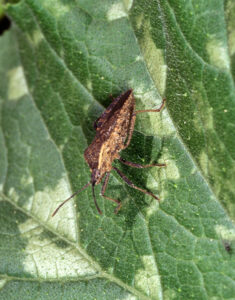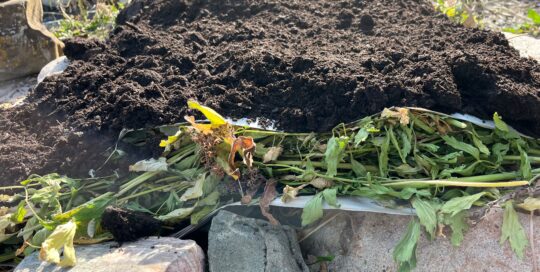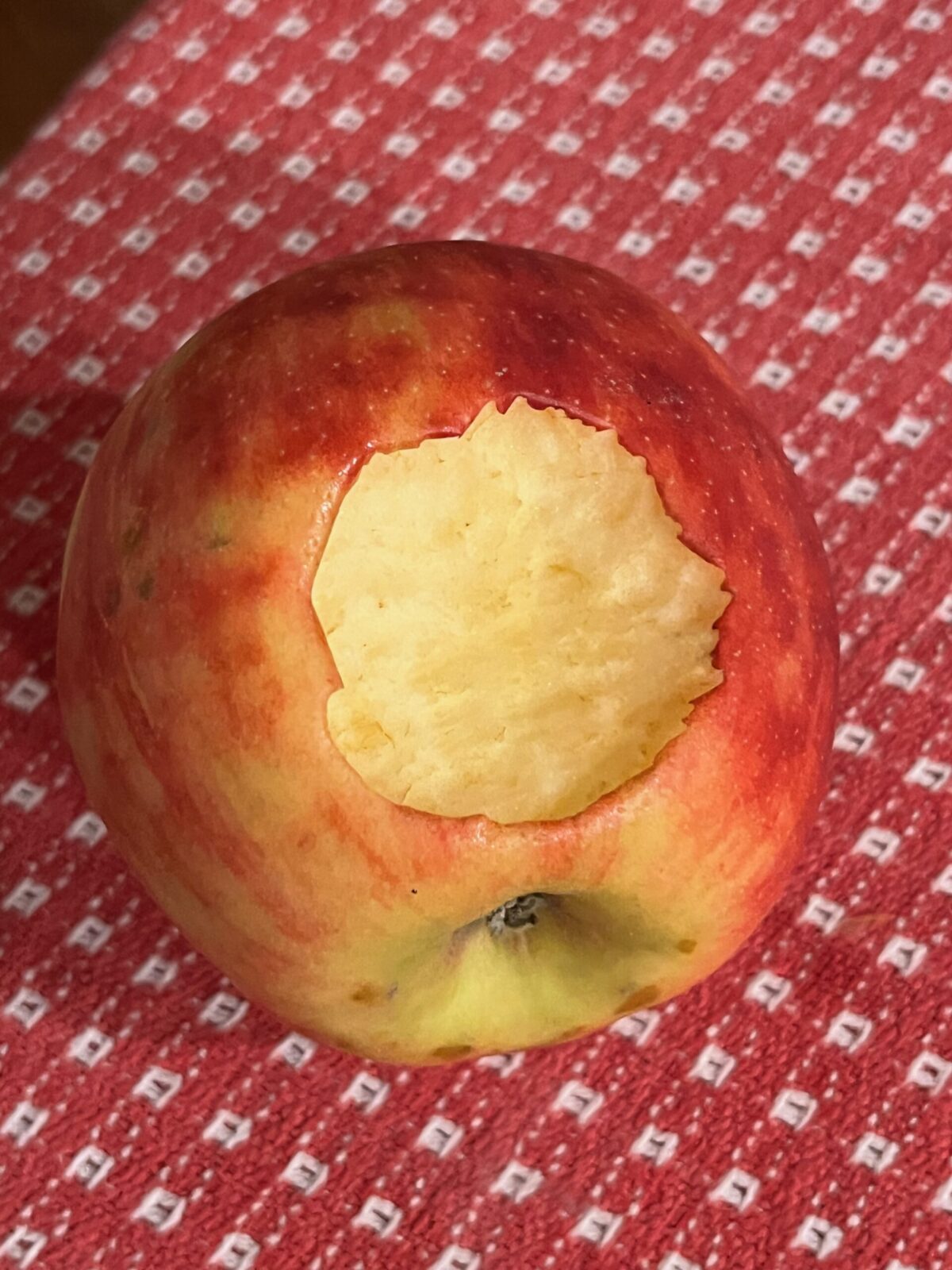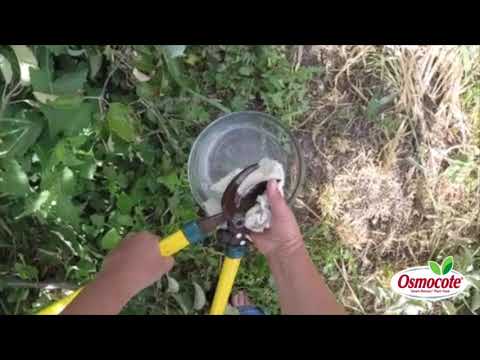Squish Squash Bugs Before They’re a Problem
Views: 451

The time to prepare for garden pests is before they arrive. This holds true for squash bugs, one of the most problematic insects for pumpkins and squash. Because they can be a challenge to eradicate once they’ve taken hold, it’s important to stay ahead of the game.
Summer Squash: Growing Advice and Recipes
How to Spot Squash Bugs
Roughly one-half inch long, these gray-colored bugs are often called “stink bugs” because they omit a foul order when disturbed. (Stink bugs are in a different family, though.) They’re sometimes visible as adults on the leaves and stems of squash plants, although many times it’s not until the plant exhibits stress from their pressure that we take the time to look.
What Do They Do
Squash bugs suck the life out of the plants with their piercing mouthparts, and can cause plants to wilt or die if allowed to proliferate. If squash bugs attack young plants, they can kill them before they have a chance to develop, and can greatly impact the growth of adult plants. Look for yellow areas on the leaves that usually turn brown.
Squash bugs will also feed upon the developing fruit of squash and pumpkin plants. Once again, it’s most evident because of marks on the fruit. And even if it doesn’t drastically harm the fruit, many times squash won’t last as long in cold storage.
The tricky aspect of a squash bug infestation is sudden wilt. This often resembles another infection, such as bacterial wilt, and can be difficult to determine unless you identify the culprit.
How to Deal with Squash Bugs
If squash bugs have been an issue in previous years, one of the best strategies is to opt for resistant varieties. Also, be diligent when it comes to planting them in different areas than where you grew squash or pumpkins the previous season. Remove squash vine debris from last year, as well.
Another way to avoid squash bugs is to plant as early as possible to be out of step with the squash bug lifecycle. Even though squash plants are typically sensitive to cold weather, use season extending techniques such as floating row overs, grow tunnels or Wall-O-Waters.
Once your plants are growing, regularly inspect the leaves for clusters of small brown eggs on their undersides. You can remove these with your fingers, although there’s a terrific other trick to eradicate them without the “ick” factor. Wrap a few loops of duct tape with the sticky side out around your fingers and dab them off of the plants.
Adult Bugs
If you’re dealing with adult squash bugs, knock them off into a bucket or bowl of soapy water. Some gardeners also set out “traps” in the form of pieces of wood or cardboard. The adults scurry underneath to hide, and are easy to find and kill in the morning.
As part of an integrated management strategy, utilizing the tachinid flies, Trichopoda pennipes, by planting flowers and herbs such as dill, Shasta daisies, chamomile, feverfew and asters.
Heavy-duty insecticides containing carbaryl and permethrin are effective, although it’s worthwhile to try less toxic options such as Neem oil first.
Squash bugs are definitely a concern for gardeners throughout the country. If you’ve experienced problems in the path, be proactive to look for – and hopefully remove – eggs before they have a chance to mature. And if this is your first year experiencing squash bug issues, utilize a few of these tips to keep your squash plants healthy.
Meet Amy Grisak
Amy is a freelance author and photographer in Great Falls, MT who specializes in gardening, foods, and sustainable agriculture. She provides information on every kind…
Amy's Recent Posts

What Garden Debris Can You Compost?








